In my life, I’ve gone long enough living with and working in the darkest of times to know that addiction, real addiction, does not look like a music video. There’s no killer soundtrack, perfectly timed inspirational montages, or a redemptive third act that arrives on time, ninety minutes in. It looks like a chef I knew, fantastic with a knife, who would turn up to work with track marks hidden under his chef’s whites, becoming more and more hollow-eyed until he just didn’t turn up anymore. Or the bartender in a high-end hotel who made the best damn Vesper martini until she didn’t and couldn’t anymore. Until she was gone. But we’re talking about Hollywood here, and Hollywood, bless its black and mercenary heart, never met a human tragedy it couldn’t package and serve with a side of award nominations.
We know the obvious: cinema has a serious craving for the aesthetics of getting messed up. From the luxurious opium dens in “The Man With the Golden Gun” (1974) to the grimy heroin chic of “Trainspotting” (1994), the mirrors dusted with cocaine in “Scarface” (1981) to the pill-popping nightmare in suburbia that is “Requiem for a Dream” (2000) Hollywood has always been in the business of making pain and humiliation look, if not appealing, then at least visually interesting. And I get it. I do understand why. You want to show the devastation going on internally through an external means. It’s a visual medium after all. A guy sitting alone in a dark room, dying slowly from the inside out, is never going to look that compelling, unless you’re Robert Bresson. And most of these directors are nowhere near that good.
So we get the needle piercing the skin and sliding into the vein in loving close-up, and the pupil dilates. Descending slowly into a chemical embrace. Ewan McGregor sinks into a filthy carpet while Lou Reed drones on about a Perfect Day. In “Dallas Buyers Club” (2013), Matthew McConaughey starves himself with such cinematic determination that he won a goddamn Academy Award for it. In this sort of imagery, there is a seductiveness that most moviemakers can’t seem to resist.
Maybe that’s the point, the whole dark and twisted truth of it. Because addiction is seductive. Which is why it works. It’s why those smart and talented people, people with absolutely everything to lose, throw it all away for one more drink, one more hit. And where it gets tricky is when you make this pain beautiful. When you make the descent look glamorous, what you risk is creating a recruitment video. The nightmare becomes an adventure.
Read More: Addiction and Film: A Complex History
American cinema seems to have a deep, almost pathological need for the redemption arc. They love a good comeback story. Doesn’t matter if it’s the prodigal son staggering home or the drunk getting sober. A junkie getting clean or the gambler putting the chips down. Check out “Flight” (2012). Denzel Washington gives a typically brilliant performance as the alcoholic pilot who performs a miracle, saves a lot of lives, but has to face the music for his drinking. It’s a very good movie. But even in a movie that tries its best to show the daily, grinding horror of alcoholism, we have the redemption arc. There’s the courtroom confession followed by the jail cell epiphany. At the end, we have the possibility of salvation.
Or “A Star is Born.” Choose your own version, it’s all the same story. A talented drunk, the lover enabling it, and the tragedy that follows. But even Bradley Cooper’s modern version, which is more honest and grittier than most, can’t resist the pull of redemption. Audiences need to believe that recovery is possible, that hitting bottom just means there’s somewhere to bounce up to.
The problem is that most people don’t bounce back. Most of them die. Or they keep on using until there’s nothing left. No relationships, career, dignity, or even teeth. What happens is they die in dark alleyways, or in emergency rooms where an exhausted nurse will pull the sheet over them and move on to the next case.
You can’t make a movie about that, though. Who wants to see a movie about the repetitive, grinding, banal nature of most addiction stories? The guy uses and tries to quit. He fails and repeats until death. There is no character arc, no chance of redemption. Just a slow and reckless waste of life.
What really bothers me about mainstream cinema’s approach to addiction is just the incredible lack of imagination it has for how addiction looks in people’s lives. In Hollywood, they give us rock stars, tortured artists, and Wall Street brokers. Mickey Rourke in “The Wrestler” (2008) and Nicholas Cage in “Leaving Las Vegas” (1995).
These are extremes, outliers, and dramatic figures whose addiction stories are as oversized as their personality. What we don’t get is the accountant pouring three bottles of wine down their neck after putting the kids to bed, or the football mum hooked on Xanax. A middle manager whose gambling is slowly bankrupting the family. A teenager with a sports injury started on prescription painkillers and ended up getting fentanyl-laced pills on Snapchat.
They aren’t glamorous stories, making for sexy cinema. There’s no cool music or sharp suits or witty dealers spouting off dialogue from Quentin Tarantino. All that’s there is the slow horror of people stuck in a cycle they can’t escape, with parts of themselves lost so gradually, they don’t notice until there’s nothing left to recognise.
And when cinema does try to show these stories, and sometimes it does, in movies like “Beautiful Boy” (2018) or “Ben is Back” (2018), we usually see them through the lens of the suffering parents, concerned siblings, or the worried spouse. Which is, I suppose, fair enough. They suffer too. But it’s suffering of a different kind, and it lets the camera keep its distance from the real experience of addiction.
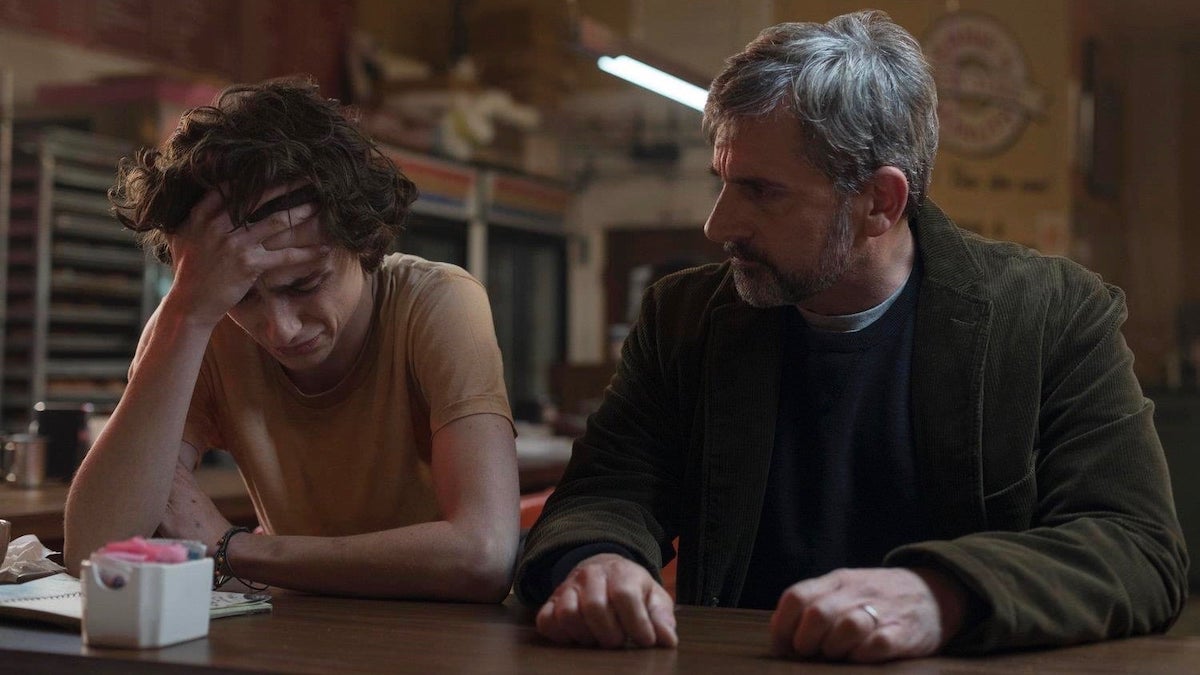
However, in Europe, and in particular the French cinema, they have always had a different relationship with the degradation of people. There isn’t that same need for a character to have redemption or wrap everything in a neat little bow. They certainly don’t promise that everything will be hunky dory if you just work a little harder and believe in yourself. Watch a movie like “I Stand Alone” (1998) by Gaspar Noé, or damn near anything by Bruno Dumont. They aren’t movies about addiction exactly, but about compulsion.
About people imprisoned by their own worst impulses, and there is no flinching away from how ugly and unredeemable it is. There is no music telling you how you should feel and no arc of redemption. There’s no moment of clarity where our protagonist sees the light and promises to mend their ways. There is just the unstoppable forward momentum of the narrative, bringing the character to their inevitable destruction. I’m not saying American cinema gets it “wrong” and European cinema gets it “right.” Just that the questions they ask are different. In American cinema, they want to know if redemption is possible. The Europeans want to know if it even matters.
More Related: What Films Get Wrong About Drug Addiction
We have to talk about actors for a minute. Because the other side of this is how Hollywood uses addiction as a vehicle for the Oscar-hunting, scenery-chewing performance. Jared Leto in “Requiem for a Dream.” Christian Bale in “The Fighter” (2010). Joaquin Phoenix in “The Master” (2012). Okay, that’s technically a cult, but same principle. A man gripped by something stronger than himself. All these performances are transformative, in physicality and emotionality.
The sort of performance that will get you invited to all the happening parties and photographed looking thoughtful on various red carpets. And I’m not saying these aren’t good performances, they are. Quite often brilliant. But there is just something a little odd about the spectacle of the whole thing. In how addiction becomes just another role, another transformation. Another tick of the box for a method actor losing or gaining weight, studying in a rehab centre to y’know, really feel the part, man.
Because the unfortunate thing about real addiction? It’s not a performance. You don’t stop when the director yells ‘cut!’ and go back to your regular life. You don’t get a gold award, a standing ovation, and a multi-million dollar contract for the next film. Actually, you get more addicted. Your choices are prison, rehab, or the grave. And none of these come with a cool soundtrack. So what’s cinema’s responsibility here? Should movies be obligated to show addiction “authentically”, whatever that means? Do we have to hold directors accountable because they may glamorise drug use? Should some sort of message or moral be included? A warning label?
God, I hope not. The second art starts being made by committee, and worries about “messaging” drives creativity, just pack it up and go into advertising. At least there, they know the moral bankruptcy is upfront. But I do think the moviemakers should be honest with themselves about what they’re doing and why. Are you making a movie about addiction because you have something urgent and true to say about it? Or are you making that movie because you think it’ll win awards, that the audience will consider it ‘important’, and because you want to show off the skill of your cinematographer with all those lingering shots of pills and powders, amber liquid in crystal glasses.
The best movies about addiction, few as there are, are the ones that don’t have easy answers or a simple narrative. “The Lost Weekend” (1945), Billy Wilder’s masterpiece, shows alcoholism as a progressive disease instead of some sort of moral failing and offers no easy way out. Or “Clean and Sober” (1988) directed by Glenn Gordon.
It takes the highly unusual step of showing rehab how it really is: repetitive, boring, full of setbacks and small victories, and absolutely no guarantees. Or even “The Panic in Needle Park” (1971), which Al Pacino starred in before he became ‘The Al Pacino,’ back when he was a hungry and struggling young actor who could show the dreary reality of heroin addiction in early 70s New York. The boredom and waiting, petty crime, and how everything else just falls away until all that’s left is the drug.
There is a very unpalatable truth that mainstream cinema still can’t quite bring itself to acknowledge: That for many addicts, their substance of choice is the best part of their day. They don’t turn to pills or powder to escape their happy and fulfilling lives. They do it because their lives are painful, empty, boring, or traumatic. And probably a combination of all four. The drugs or drink aren’t the problem. They’re a solution to a problem nobody wants to talk about.
David Simon understood this when he created “The Wire” (2002-2008). The drug business in Baltimore wasn’t the result of some alien invasion that corrupted otherwise wholesome communities. It was a viable and rational economic response to the utter absence of any other serious economic options.
The people who were using weren’t pathetic, weak-willed moral failures; they were people for whom life without the drugs was somehow worse than life with them. But just try and build a nice, tidy 90-minute narrative around that. You won’t be able to sell that to the suburbs. It won’t be turned into an inspirational poster or some TED talk about recovery and self-belief. So instead, we have the same old stories, told over and over. The horrific fall, then rock bottom. A redemption or cautionary tale. Addiction becomes melodrama, Oscar-bait.
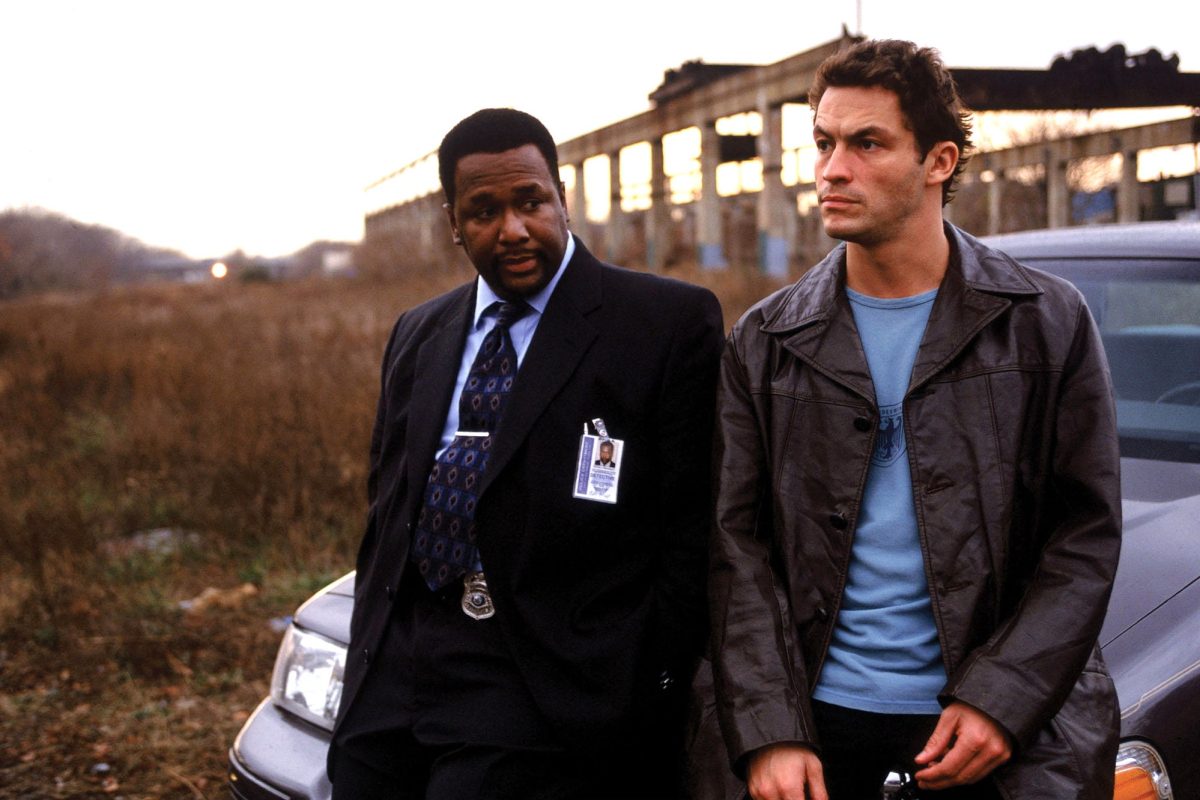
Except in rare instances, what we don’t get is the truth. Simple as it is. Addiction is a complex and multifaceted situation that exists in the intersection of trauma, poverty, mental illness, and a basic human need to feel less than alone in a world that seems purpose-built to keep us isolated. The fact that it isn’t about a lack of willpower or a moral failing. It comes down to neurobiology and social detriments of health, and the many different ways that we try and cope with existing in a society that seems bound and determined to grind us under its bootheel.
Also Read: 15 Great Films with Themes of Addiction, Drugs, and Alcoholism
I keep thinking about the chef I knew, with knife skills and track marks. He was fast and clean and professional. Worked 12-hour shifts with no problem. Until he just couldn’t anymore. There was no redemption arc for him. No swelling inspirational music in the third act. He worked in a high-end restaurant, then nowhere.
Nobody heard from him. Maybe he got clean. Probably he didn’t. The statistics aren’t great. But that’s the story mainstream cinema does not know how to tell. The one with no ending, or the ending is just a slow fade to black. Where the drugs won, where they were stronger than the person, and there was no last-minute intervention. No tearful hospital bed epiphany.
Does that make me a nihilist, I wonder? Maybe so. But better a nihilist than a liar.
Over the years, cinema has given us so many wonderful and moving portraits of addiction. But it’s also given us plenty of glossy, hip-looking bullshit that mistakes cool cinematography for an emotional truth. The better movies, like “Beautiful Boy,” know that addiction is repetitive and boring, and lacks any glamour. The worst ones think it’s nothing more than an opportunity for an actor to transform and have a saving arc to make the audience feel good about themselves as they stroll out of the cinema.
As always, the truth is somewhere in the middle. Although maybe there is no middle. Maybe instead, there’s just the plain, ugly truth that some people get better and some people die. And no amount of swelling music or Oscar-bait performance is able to change that basic and brutal fact. But that’s not really much of an ending for an essay, is it? You’ll want closure, maybe some wisdom earned after slogging through all these words.
If anything, it’s this: pay attention. Not to what the movie says it’s about, but what they’re really showing you. Not the inspirational arcs and redemptions, but moments of truth that can slip through, despite the best intentions of the director. Those moments when the mask slips a little and just for a second, you see what it’s really like.
Moments like that are rare. They’re precious. And worth more than a thousand of those other glossy but well-meaning lies.
I need a drink after all that. But I can’t anymore.


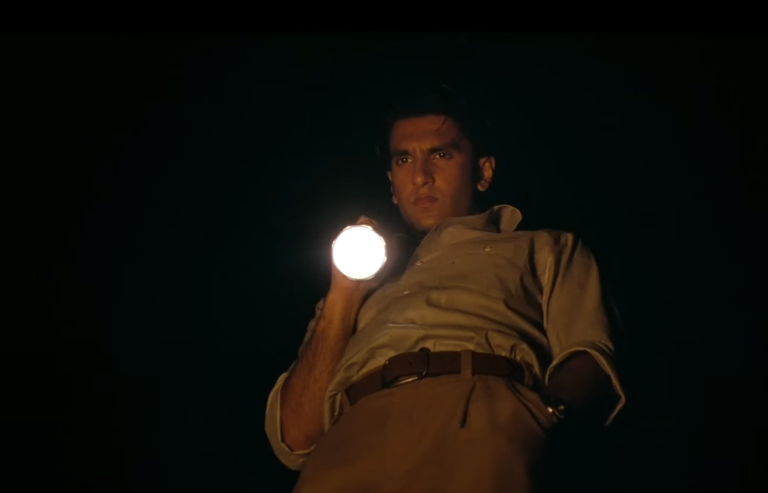
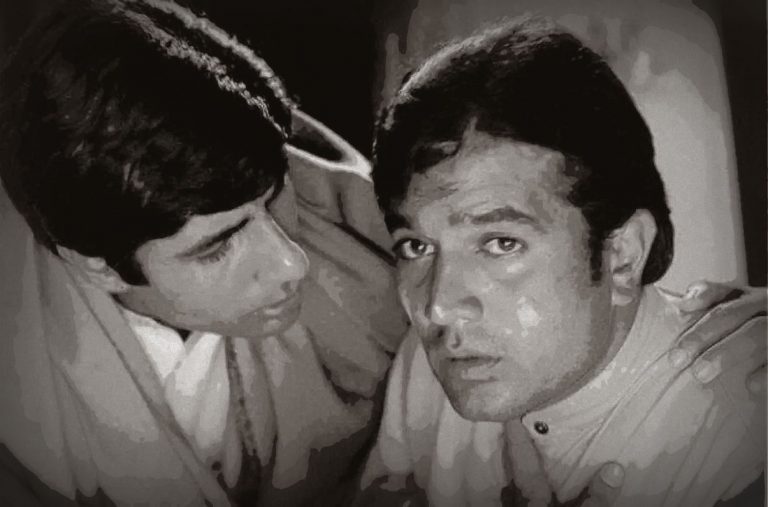
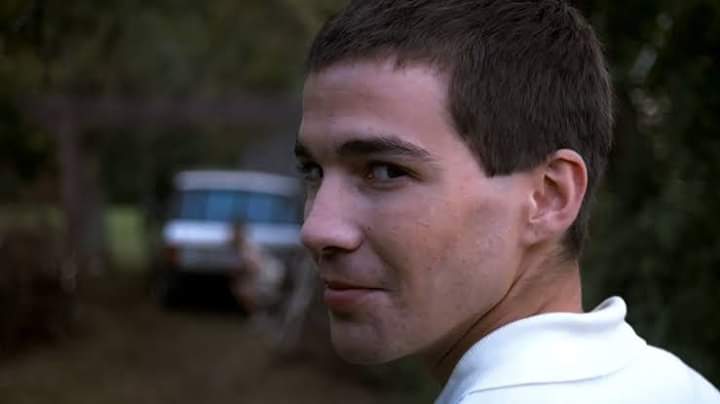
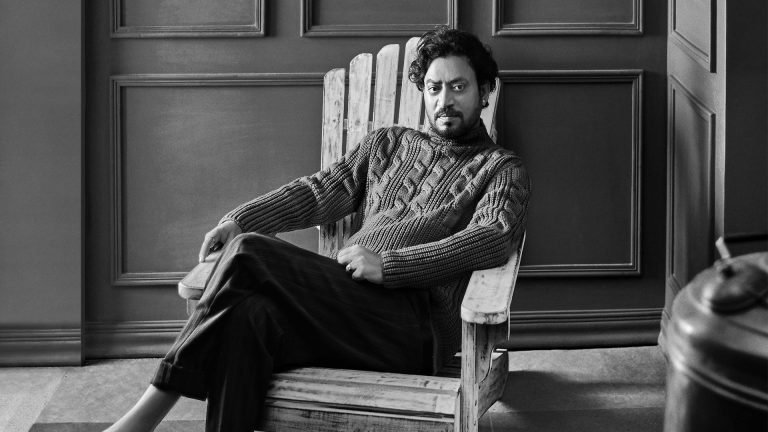
![Goddess of the Fireflies [2020] Review – A story of freedom](https://79468c92.delivery.rocketcdn.me/wp-content/uploads/2020/04/Goddess-of-the-Fireflies-highonfilms-768x398.jpg)
